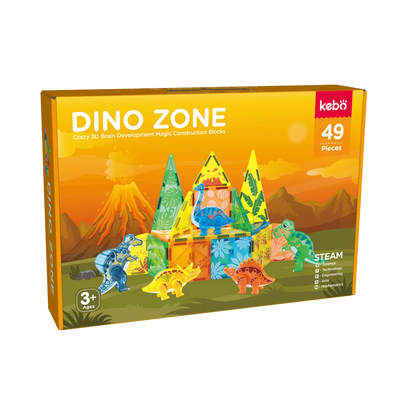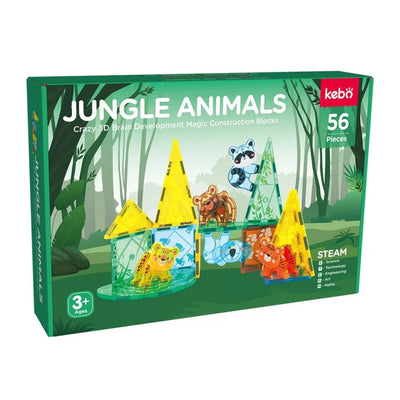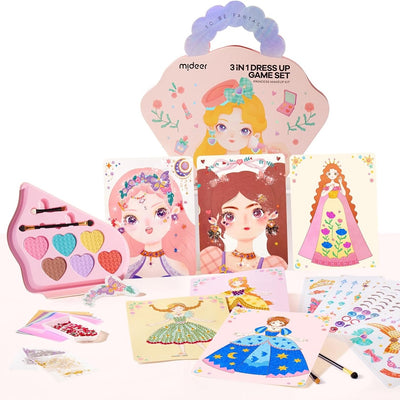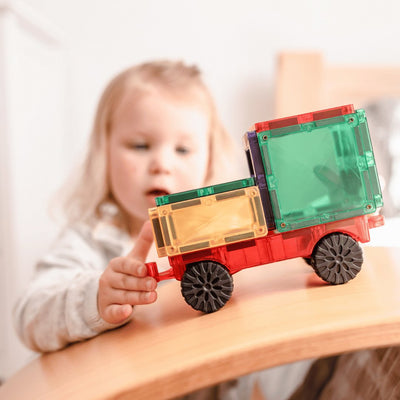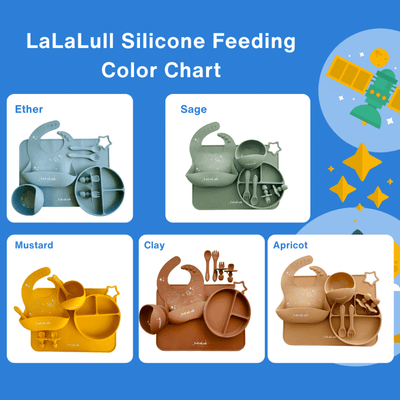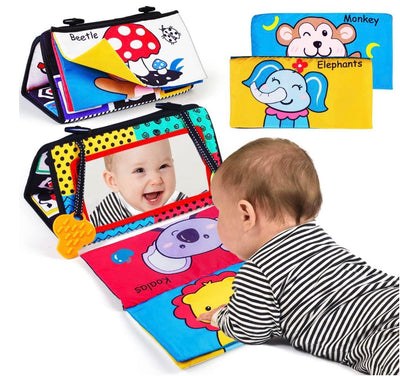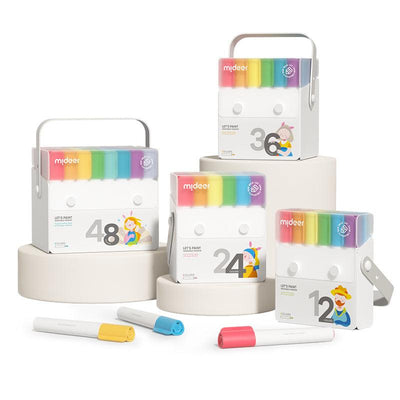Magnetic Blocks is so popular in many homes and classrooms. These toys are not only fun but also incredibly educational. In this blog guide, we'll explore the many benefits and uses of magnetic blocks, and why they're a fantastic addition to any child's playtime.
What Are Magnetic Blocks?
Magnetic blocks are building toys that contain magnets, allowing the pieces to stick together in various configurations. They come in different shapes, sizes, and colors, making them versatile and engaging for children. Typically made of plastic with embedded magnets, these blocks offer a strong connection between pieces.
Benefits of Magnetic Blocks
1. Enhancing Cognitive Development
Magnetic Blocks help boost cognitive development in kids by encouraging problem-solving and critical thinking. As children figure out how to connect the blocks and create stable structures, they develop spatial awareness and a better understanding of geometric concepts.
2. Promoting Creativity and Imagination
One of the greatest benefits of Magnetic Blocks is how they foster creativity. Kids can build anything they imagine, from simple shapes to complex structures. This open-ended play encourages them to think outside the box and experiment with different designs.
3. Improving Fine Motor Skills
Handling magnetic blocks requires precision and control, which helps children develop their fine motor skills. Picking up, connecting, and separating the blocks enhance hand-eye coordination and dexterity.
4. Encouraging Cooperative Play
Magnetic blocks are perfect for group activities. Kids can work together to build large structures, promoting teamwork and communication. This cooperative play is great for social development, as children learn to share, negotiate, and collaborate.
5. Introducing STEM Concepts
Magnetic Blocks are a great way to introduce children to STEM (Science, Technology, Engineering, and Mathematics) concepts. Building with these blocks teaches basic engineering principles like balance and symmetry and can also be used to explain magnetic forces and properties.
Uses of Magnetic Blocks
1. Educational Activities
Magnetic blocks are excellent for educational activities. Teachers can use them to explain mathematical concepts like shapes, patterns, and fractions. They can also be used in science lessons to demonstrate magnetism and magnetic fields.
2. Art and Design Projects
These versatile blocks can be used in art and design projects. Kids can create 3D sculptures, mosaics, and other artistic structures, blending creativity with learning to make education more engaging and fun.
3. Therapeutic Uses
Magnetic Blocks are also used in therapy, especially for children with developmental delays or disabilities. The tactile nature of the blocks and the satisfaction of building something can be calming and therapeutic, aiding in the development of fine motor skills and coordination.
4. Home and Classroom Decor
Beyond play, magnetic blocks can be used creatively in home and classroom decor. They can be arranged on metal surfaces to form colorful, interactive displays that can be changed and updated regularly.
5. Travel and On-the-Go Play
Magnetic blocks are perfect for travel. They're compact and easy to carry, providing endless entertainment during long journeys. Their magnetic nature ensures that pieces stay together, reducing the chances of losing parts.
Conclusion
Magnetic Blocks are more than just toys; they're powerful educational tools that can significantly contribute to a child's development. From enhancing cognitive skills and creativity to improving fine motor skills and encouraging cooperative play, magnetic blocks offer endless possibilities for learning and fun. Make them a part of your child’s playtime and watch their imagination and skills grow
